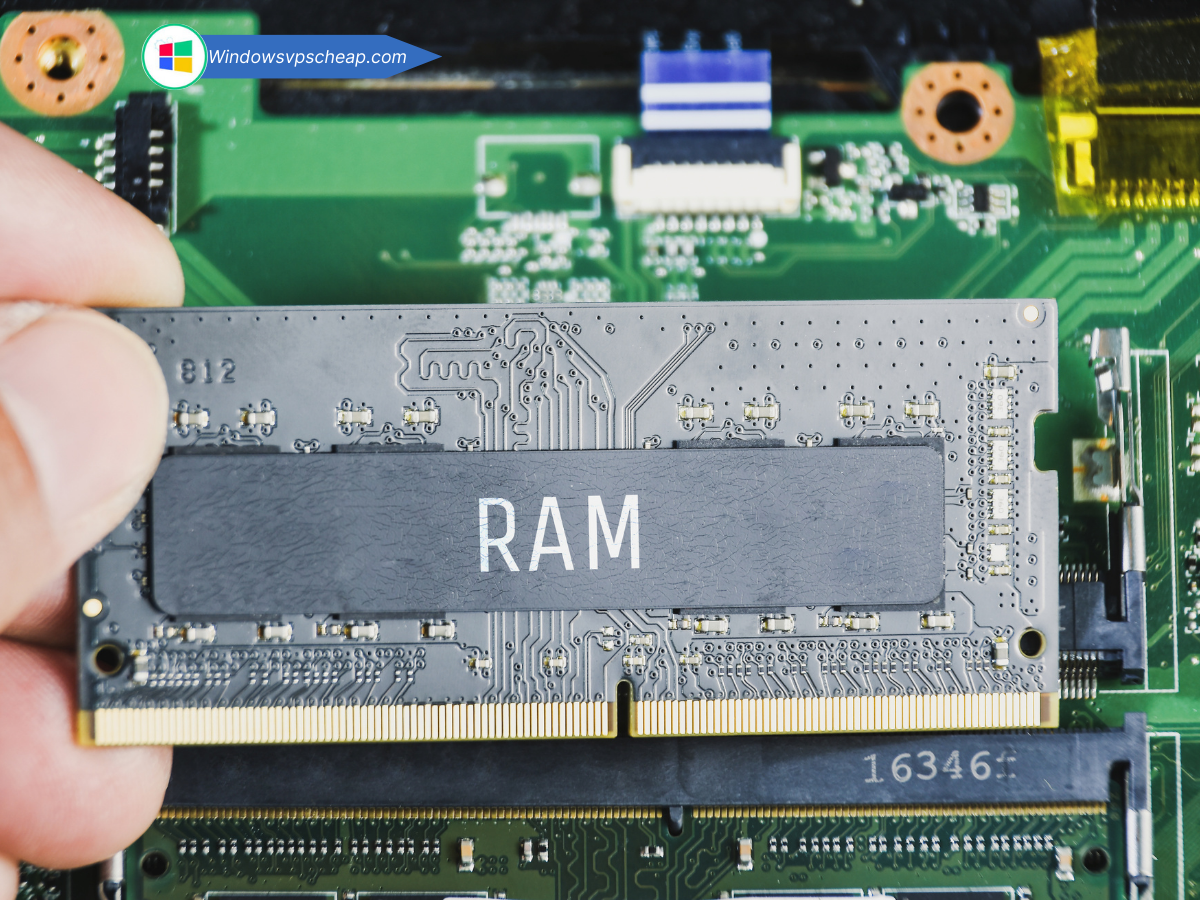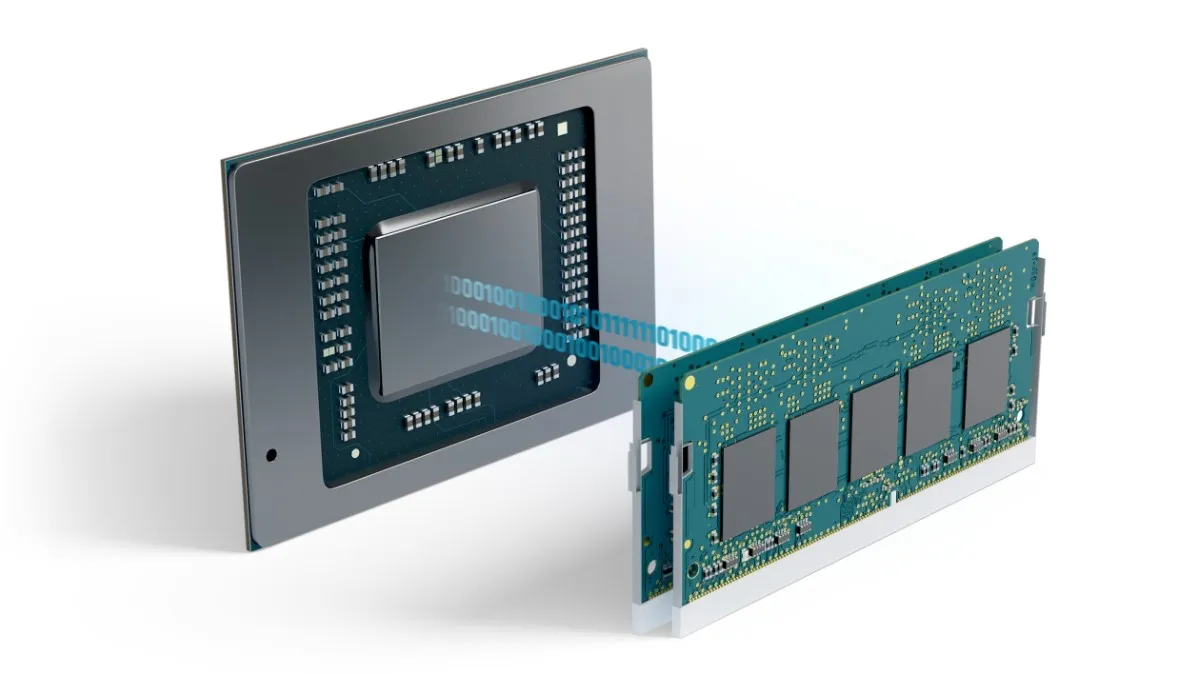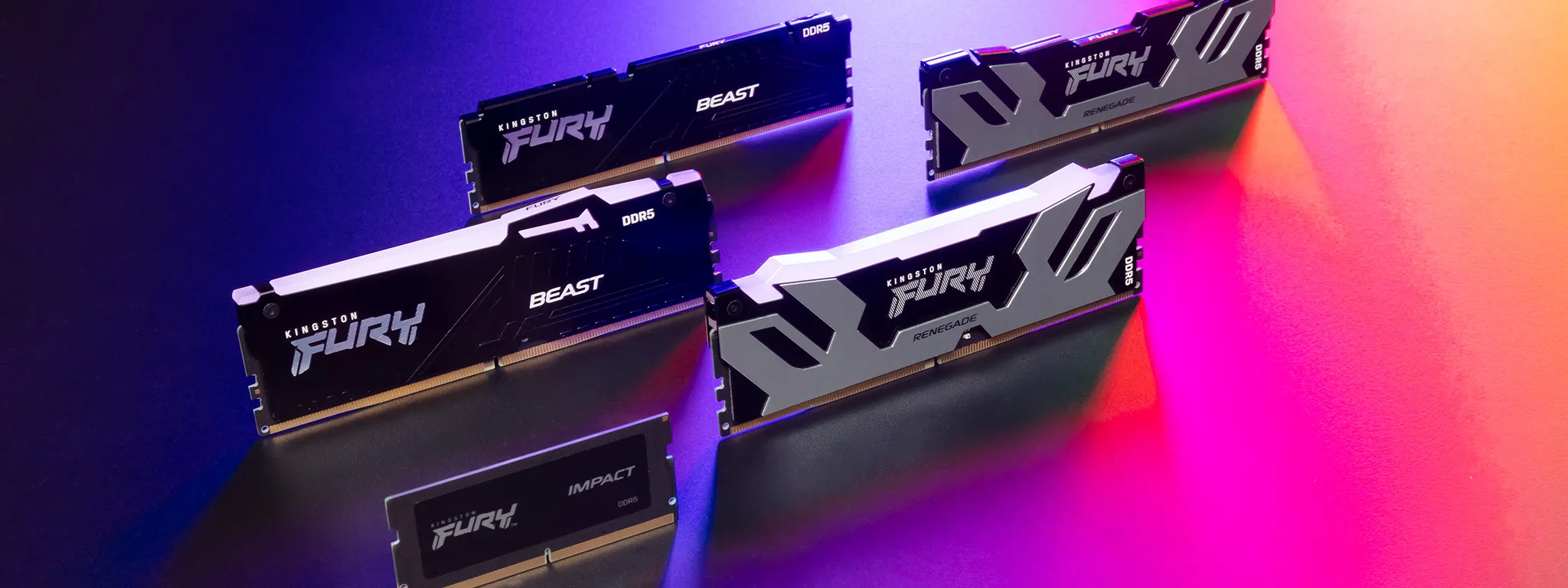Random Access Memory (RAM) is a critical component in any computer system, playing a vital role in its performance and functionality. Whether you’re a casual user, a gamer, or a professional dealing with resource-intensive applications, understanding RAM and its importance can help you make informed decisions when upgrading or building a computer. This article delves into what RAM is, its significance, and key factors to consider when choosing the best RAM for your needs.
What is RAM?
RAM stands for Random Access Memory, a type of volatile memory used by computers to store data that is actively being used or processed. Unlike permanent storage devices such as hard drives or SSDs, RAM is temporary and loses its data when the computer is turned off. It is used to quickly read and write data, allowing for fast access and efficient performance of applications and processes.

The Significance of RAM
1. Performance
RAM directly impacts a computer’s performance. More RAM allows a system to handle more applications simultaneously and efficiently. Insufficient RAM can lead to slow performance, lagging, and the inability to run certain applications. More RAM ensures smoother multitasking and faster execution of programs.
2. Multitasking
RAM is crucial for multitasking. With more RAM, a computer can run multiple applications at the same time without slowing down. This is particularly important for users who need to switch between applications quickly or run several programs simultaneously, such as web browsers, word processors, and media players.
3. Gaming
For gamers, RAM is essential. Modern games require substantial amounts of RAM to run smoothly. More RAM can improve game performance, reduce load times, and provide a better overall gaming experience.
4. Resource-Intensive Applications
Applications such as video editing software, graphic design tools, and virtual machines require significant RAM to function optimally. Adequate RAM ensures these programs run efficiently, enabling users to work without interruptions or delays.
What to Consider When Choosing the Best RAM
1. Capacity
The amount of RAM you need depends on your usage. Here are some general guidelines:
4GB: Suitable for basic tasks like web browsing, email, and light office work.
8GB: Ideal for general use, including light multitasking, gaming, and basic applications.
16GB: Recommended for heavy multitasking, gaming, and running resource-intensive applications.
32GB or more: Necessary for professional-grade tasks such as video editing, 3D rendering, and running multiple virtual machines.

2. Speed (Frequency)
RAM speed, measured in MHz, affects how quickly data can be read from or written to the memory. Higher frequency RAM can improve overall system performance. Common speeds include 2133 MHz, 2400 MHz, 3000 MHz, and higher. Ensure your motherboard supports the RAM speed you choose.
3. Latency (CAS Latency)
CAS (Column Access Strobe) latency refers to the delay time between a command given to the RAM and the time it is executed. Lower latency values indicate faster performance. For example, a RAM with CAS latency of 15 is faster than one with a CAS latency of 17, assuming the same speed.
4. Type and Compatibility
There are different types of RAM, such as DDR3, DDR4, and the latest DDR5. Each type is not interchangeable, so you need to choose RAM that is compatible with your motherboard. DDR4 is currently the most common, but DDR5 is becoming more prevalent with newer systems.
5. Channels (Single vs. Dual Channel)
RAM can operate in single, dual, or even quad-channel modes. Dual-channel RAM can provide better performance than single-channel by allowing simultaneous data transfer on two channels. Ensure your motherboard supports dual-channel mode for optimal performance.
6. Brand and Reliability
Choosing RAM from reputable brands can ensure better quality, reliability, and warranty support. Brands like Corsair, Kingston, G.Skill, and Crucial are well-known for producing high-quality RAM.
7. Aesthetics
For some users, the look of the RAM might be important, especially for custom builds with transparent cases. Many RAM modules come with heat spreaders in various colors and designs, and some even feature RGB lighting.

Conclusion
RAM is a crucial component that significantly influences a computer’s performance, multitasking capability, and ability to handle resource-intensive tasks. When choosing the best RAM, consider factors such as capacity, speed, latency, type, compatibility, channels, brand reliability, and aesthetics. By understanding these parameters, you can select the RAM that best meets your needs, ensuring your computer runs efficiently and effectively. Whether you’re upgrading an existing system or building a new one, investing in quality RAM can make a noticeable difference in your computing experience.
>>> You may be interested in: Intel Xeon vs. AMD EPYC – CPU Chip Line Used for Servers


CATEGORY:Knowledge

